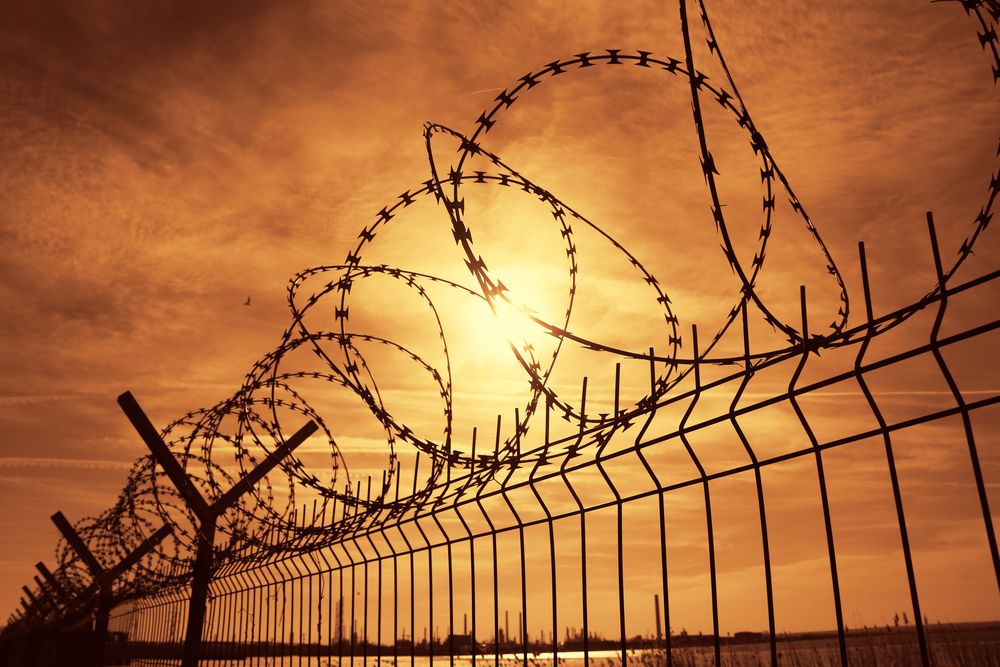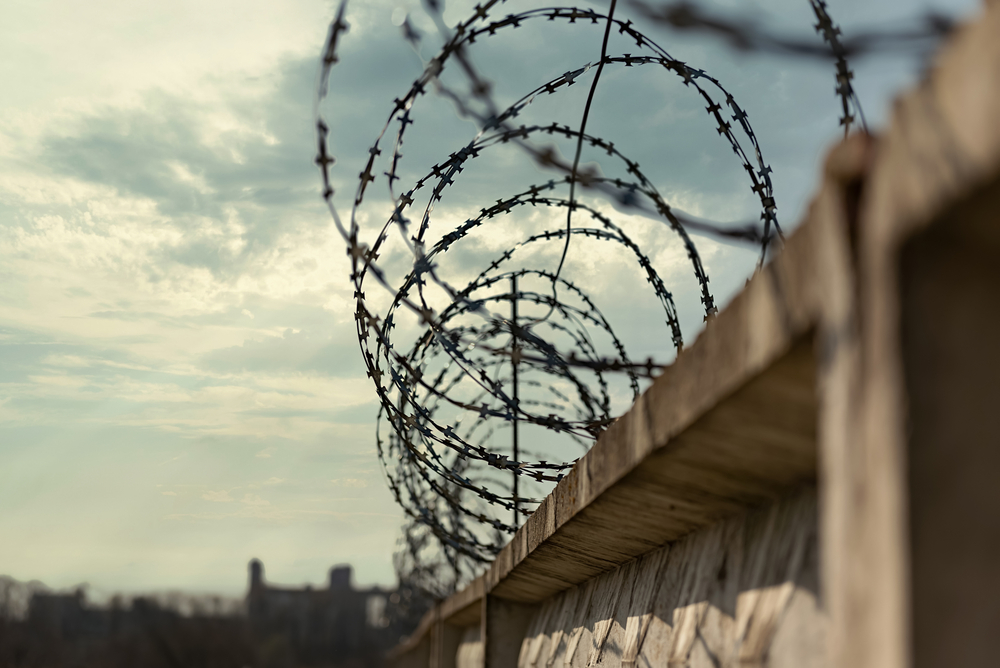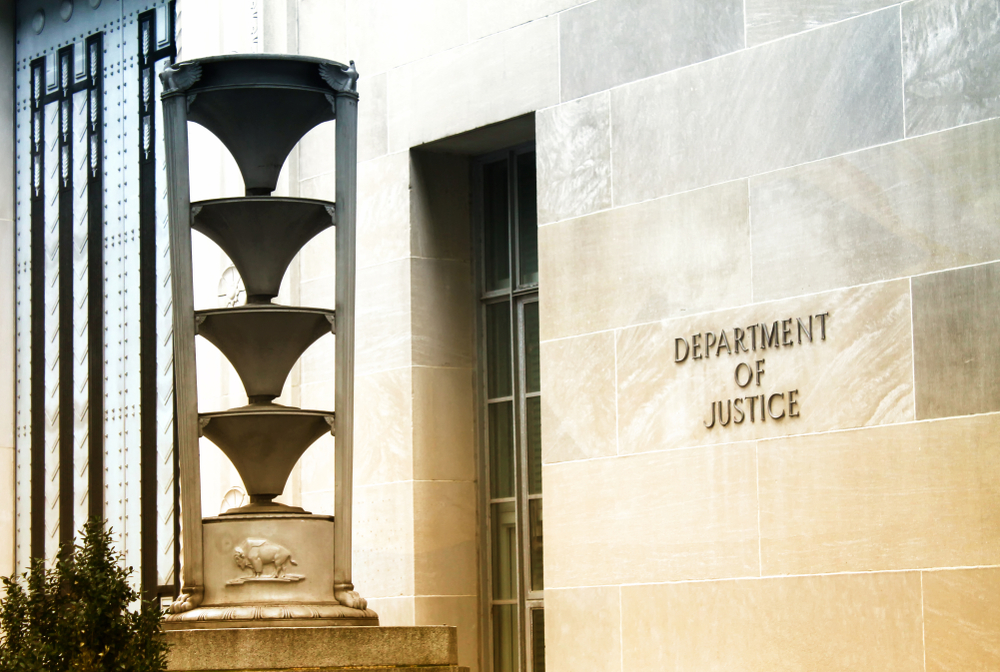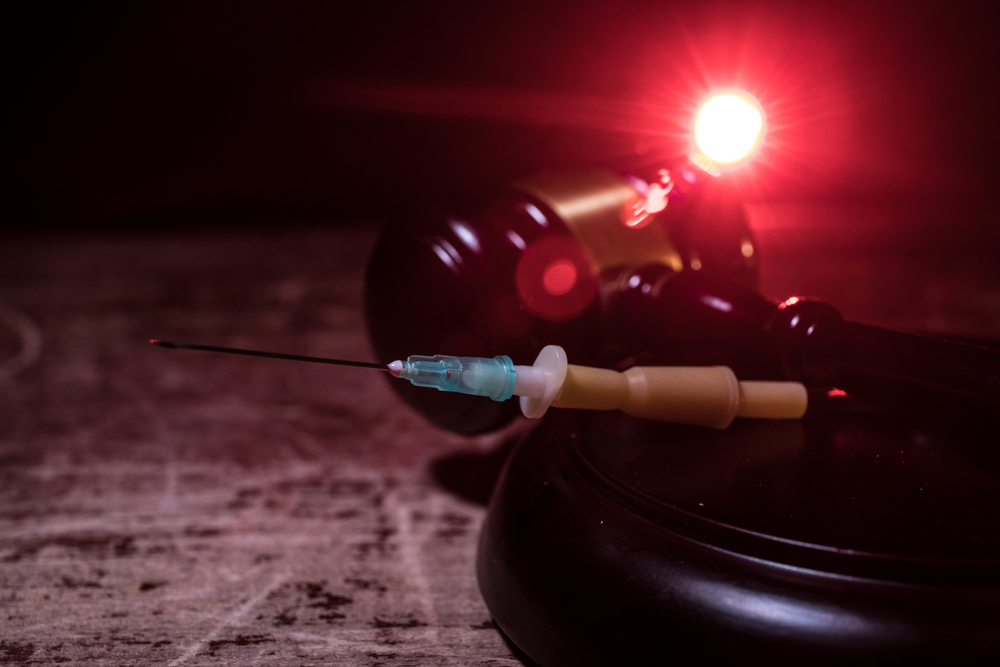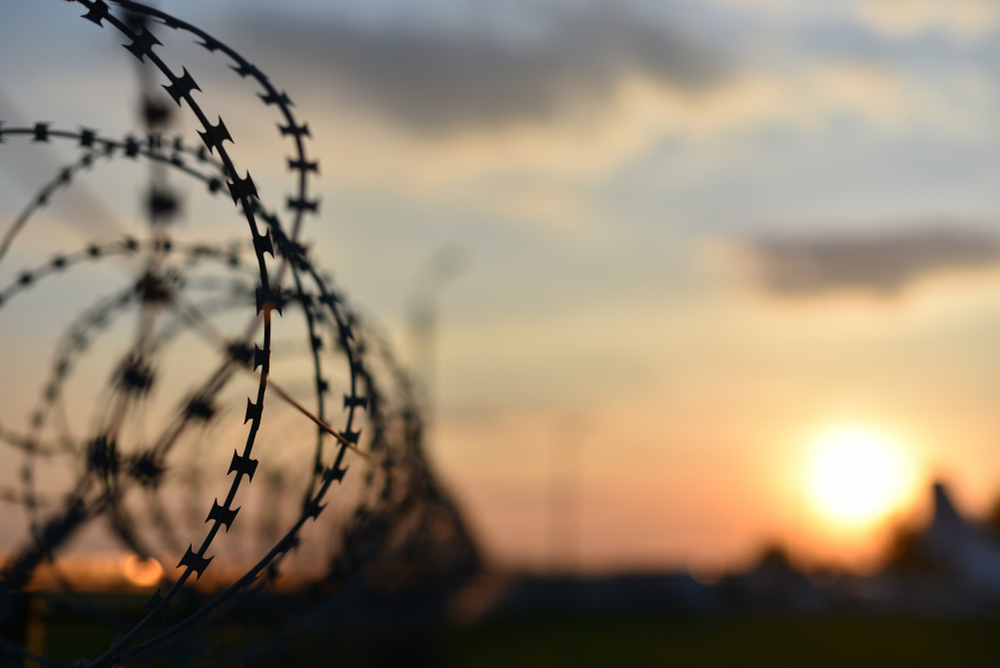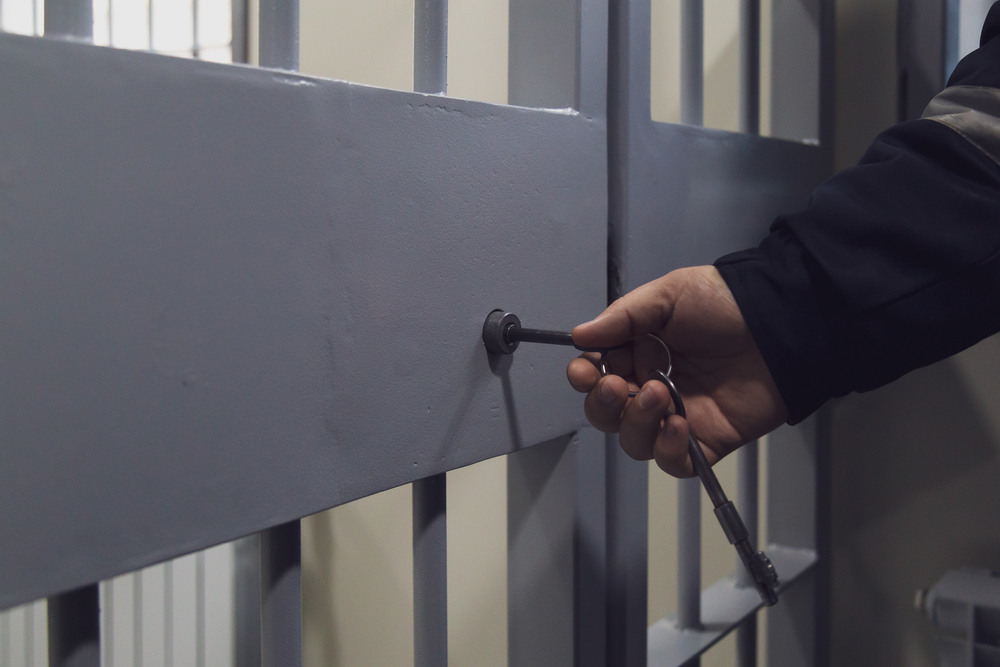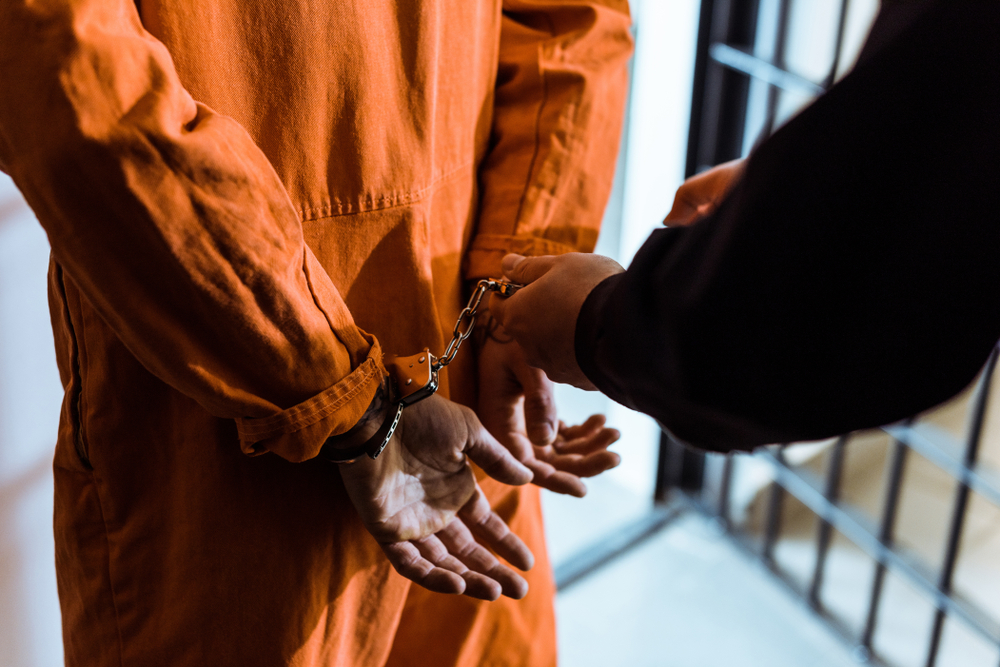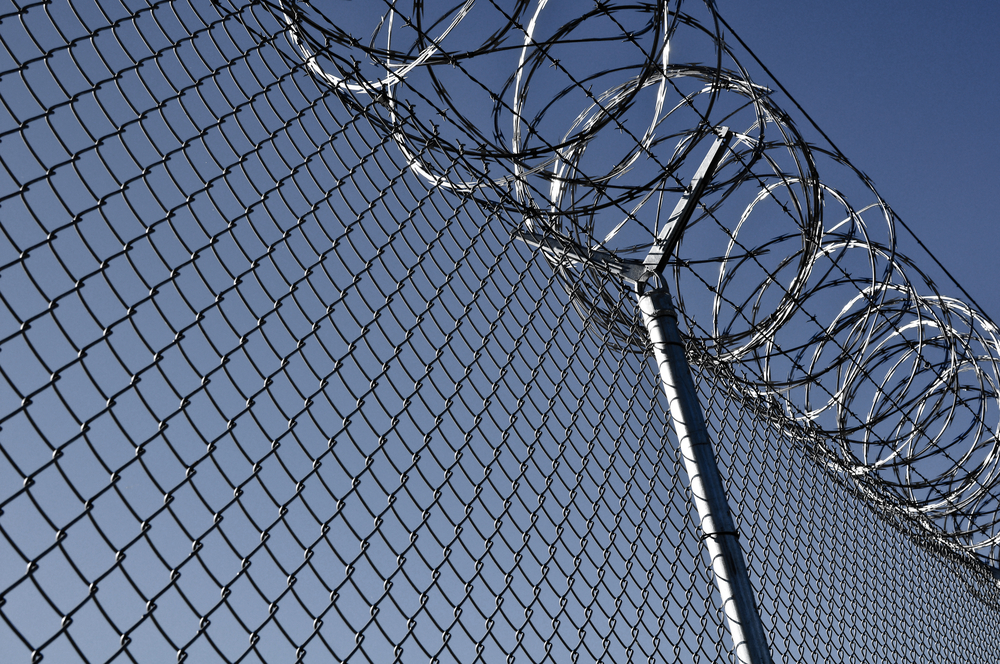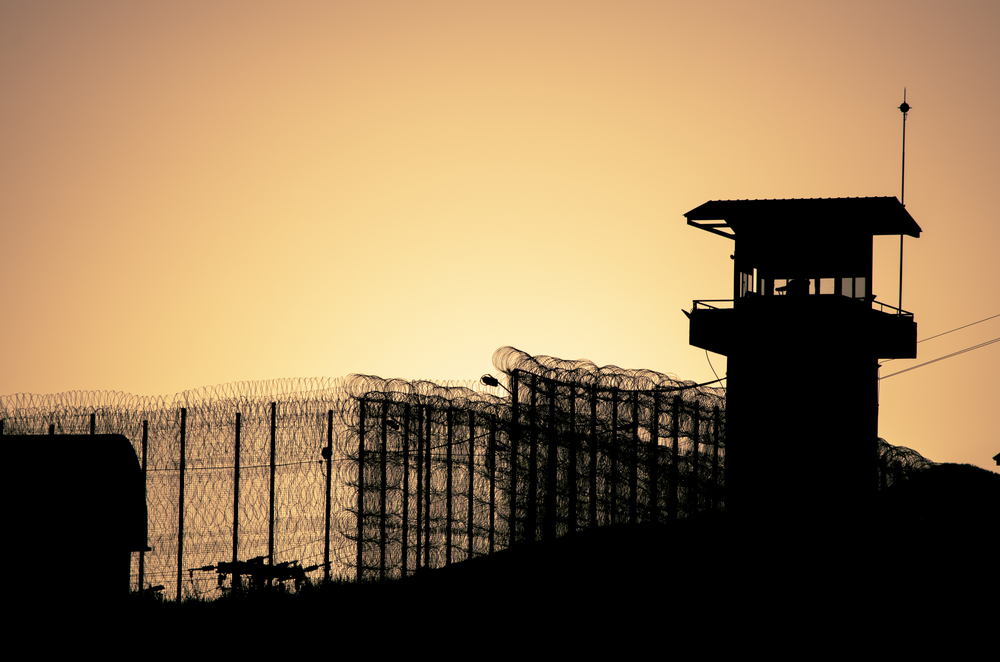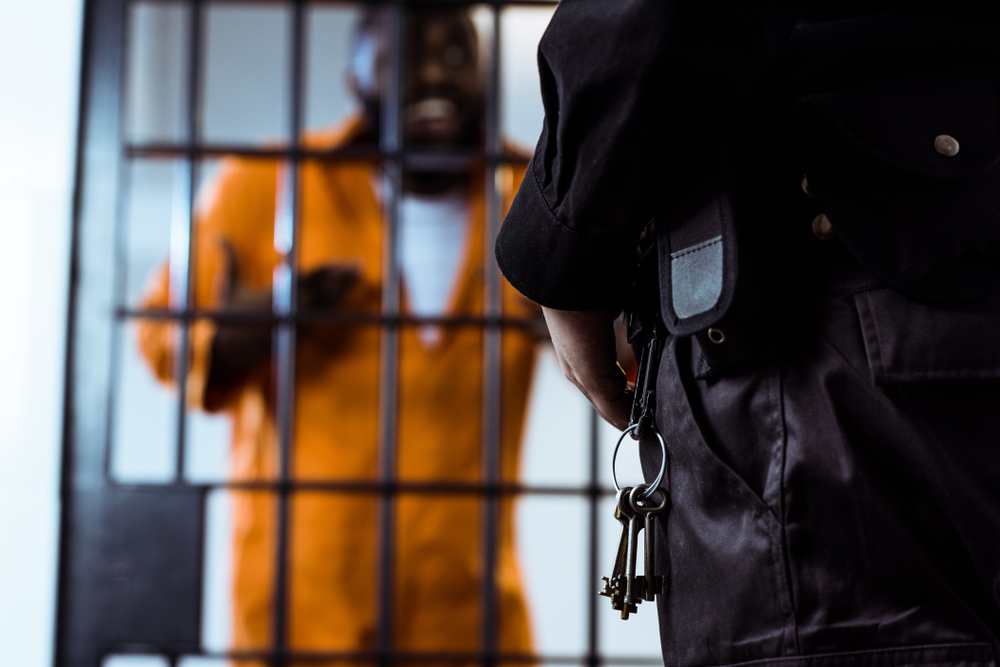Inmate Abuse in U.S. Prison Facilities
There are 2.3 million people in U.S. jails and prisons, a number that’s higher than any other country’s incarcerated population. The cost of the justice system is billions of dollars per year, but the impact of a system rampant with abuse could arguably be deemed even more costly.
Physical and sexual abuse by inmates and prison staff occurs far too often and has lasting effects on victims. In some cases, prison abuse directly increases the rate of mental health struggles, recurring crimes, and psychological and physical scars that irrevocably change lives.
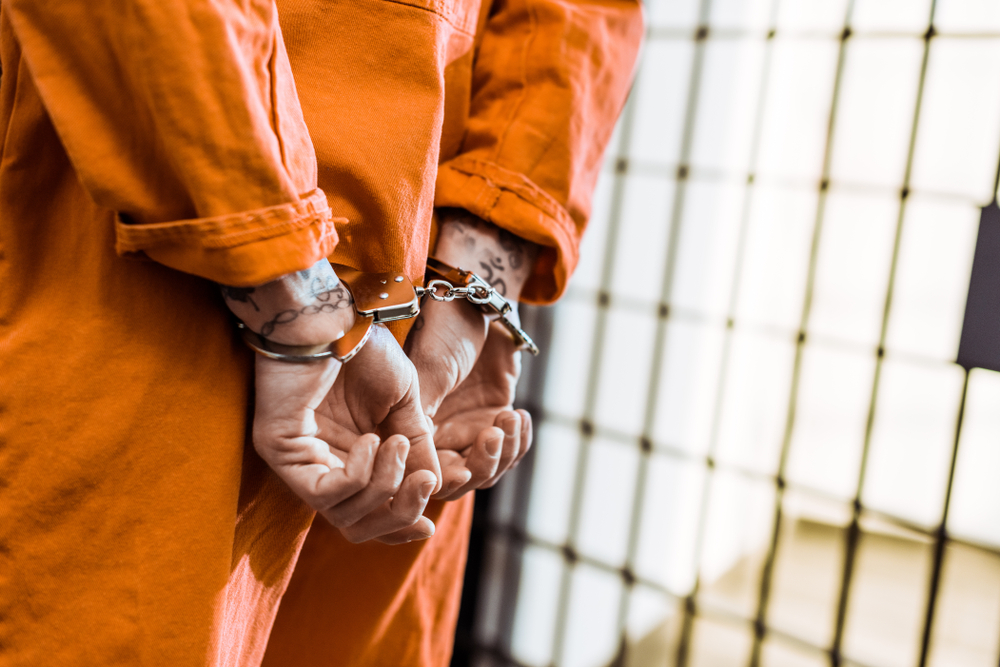
Some inmates are abused for years, suffering in silence because of threats by their attacker.
From the fear of further abuse and confinement to loss of privileges, many abused inmates have felt justice is unattainable and speaking out is a risk they’re unwilling to take. But for all those silenced, the near-constant stream of lawsuits and exposés show America’s prison system has been broken for years.
Who Abuses Inmates and Who’s at Risk?
Prisons are commonly portrayed as violent and unsafe. Inmates are believed to be rowdy and threatening, in part due to the violent offenders who are in the system. However, while physical and sexual attacks among inmates occur across the country, prison staff are also responsible for abusing inmates.
In a study that involved almost 7,000 inmates in 12 state prisons, 21% of physical assaults the participants experienced were committed by prison staff, while 19% were by other inmates. The results of this study and years of investigations and numerous former and current inmates who reported physical and sexual assault show a sordid history and reveal a disturbing pattern.
When staff members are the attackers, the abuse of power has led to even deeper problems within the system. Whether prison officials ignore violence among inmates and staff, mock and demean those in need, or threaten victims who try to report abuse, the negative impact on culture, safety, and rehabilitation are far-reaching.
Those abused in U.S. prisons include a range of ages, race, and gender, but there are distinct groups of people at greater risk of physical and sexual prison violence. For example, women specifically experience higher rates of sexual violence, and transgender individuals are targeted by inmates and staff. They’re mocked, denied fundamental rights, and suffer increased sexual assault against them. Inmates with disabilities are another group that experiences emotional and physical abuse more often than others.
Types of Prison Abuse and Constitutional Violations
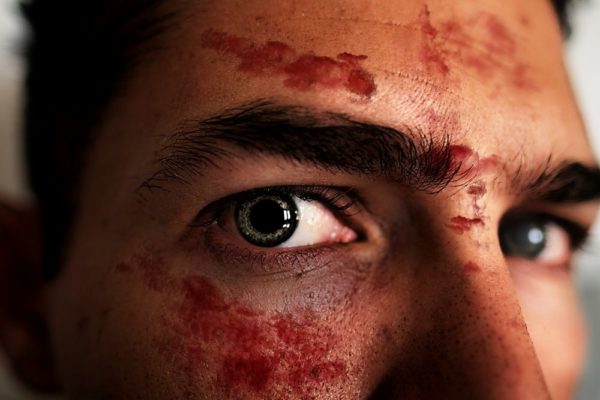 There are many types of abuse and Eighth Amendment violations within U.S. prisons. Physical and sexual abuse, lack of access to medical treatment and care, food deprivation, solitary confinement, and unsanitary conditions are common. The abuse and rights violations have a profound impact on the individual and the prison system as a whole.
There are many types of abuse and Eighth Amendment violations within U.S. prisons. Physical and sexual abuse, lack of access to medical treatment and care, food deprivation, solitary confinement, and unsanitary conditions are common. The abuse and rights violations have a profound impact on the individual and the prison system as a whole.
There are real and serious repercussions of prison abuse and harmful conditions inmates endure. These include the spread of disease, permanent physical injuries and psychological struggles, constant fear, malnutrition, and hindered rehabilitation.
Holding Prison Inmates and Staff Accountable for Abuse
Physical and sexual prison abuse is dehumanizing, causes long-term emotional and mental struggles, and even violates the Constitution in many cases. The conditions of facilities, from being unsanitary to unsafe, have put America’s prison system in the spotlight, with advocacy groups, lawyers, and government officials calling for accountability, action, and reparations.
Unfortunately, investigations and prisoners who have filed lawsuits for abuse have revealed a corrupt system; staff members have knowingly ignored unsafe conditions and even covered up abuse in many prisons across the country. With the emergence of lawsuits and prisoners who speak out, there’s been a move to hold those involved accountable for hiding, perpetuating, and outright participating in prison abuse.
The Department of Justice (DOJ) has investigated and charged prison staff, the prisons themselves, and the states in which the abuse occurred. In December 2020, the DOJ filed a lawsuit against the state of Alabama for unconstitutional conditions in Alabama prisons. Among the reasons for the lawsuit are the conditions of the state’s prisons, including “inadequate protection from prisoner-on-prisoner violence” and “excessive force” by prison staff.
Recently in California, a federal judge ordered corrections officers to wear body cameras and install surveillance cameras at five of the state’s prisons. This order resulted from repeated abuse of inmates with disabilities and is a step towards instilling positive changes in the system.
For those abused by other inmates, there’s a need for a better and more effective process of reporting sexual and physical violence. Once reported, clear action to prevent it from happening again and ensure victims’ safety is key to improving America’s prison culture.
Improving Prison Safety and Conditions
Americans sentenced to prison have been put on trial, found guilty, and are paying the price for their crime(s). However, when placed in a system that is rampant with violence and abuse, they are paying far more than what they’ve been found guilty of.
With violent, unsafe, and unsanitary conditions that occur in prisons across the country, it would be naïve to believe a prisoner’s harmful experiences won’t impact how they adjust and succeed when freed. If an inmate spends time in a prison where crimes and rights violations occur, the efficacy of rehabilitation and their ability to lead lawful lives will be negatively affected.
As more lawsuits by inmates and the federal government are filed, what happens next will be key to moving forward and improving the conditions in which America’s prisoners live.








